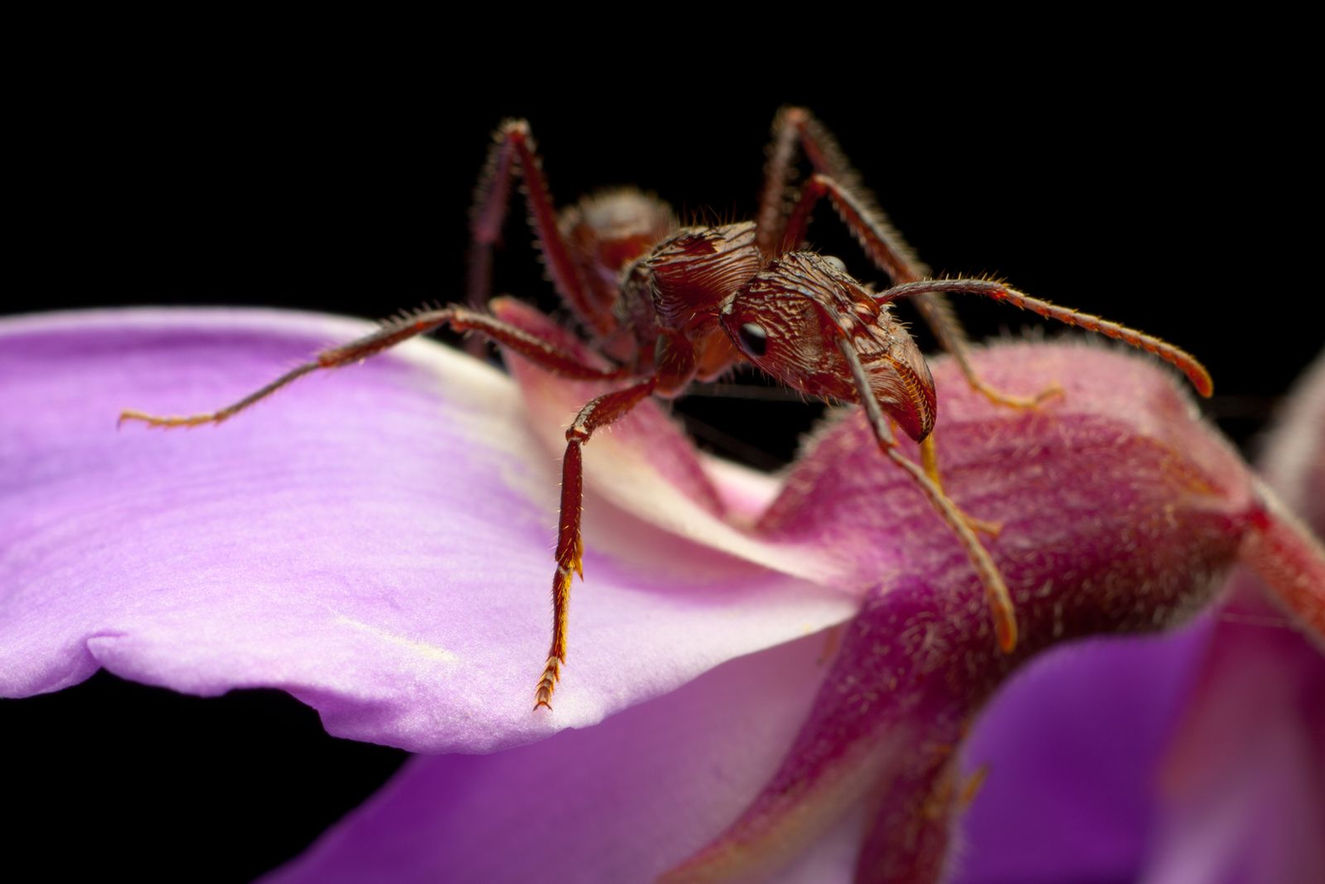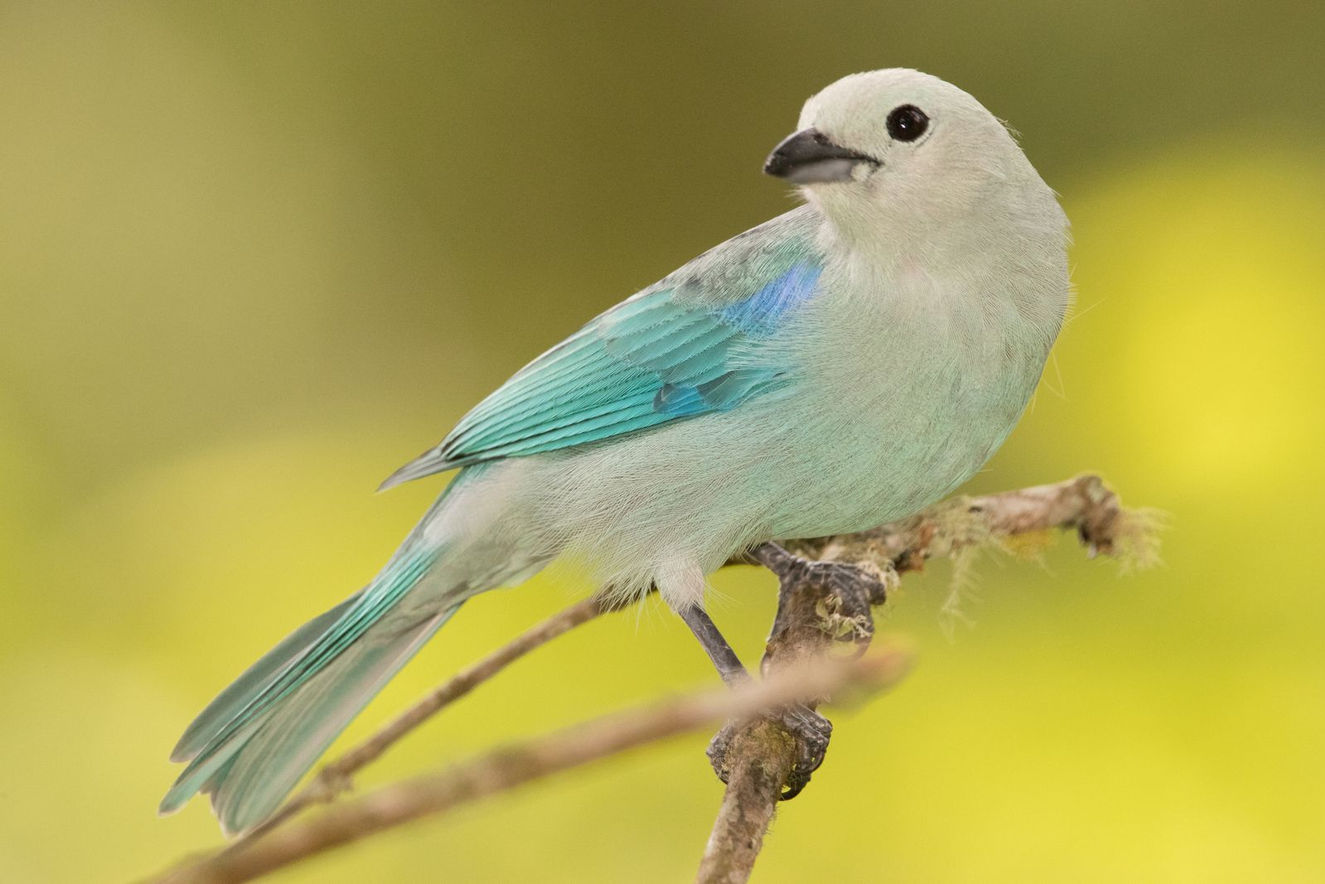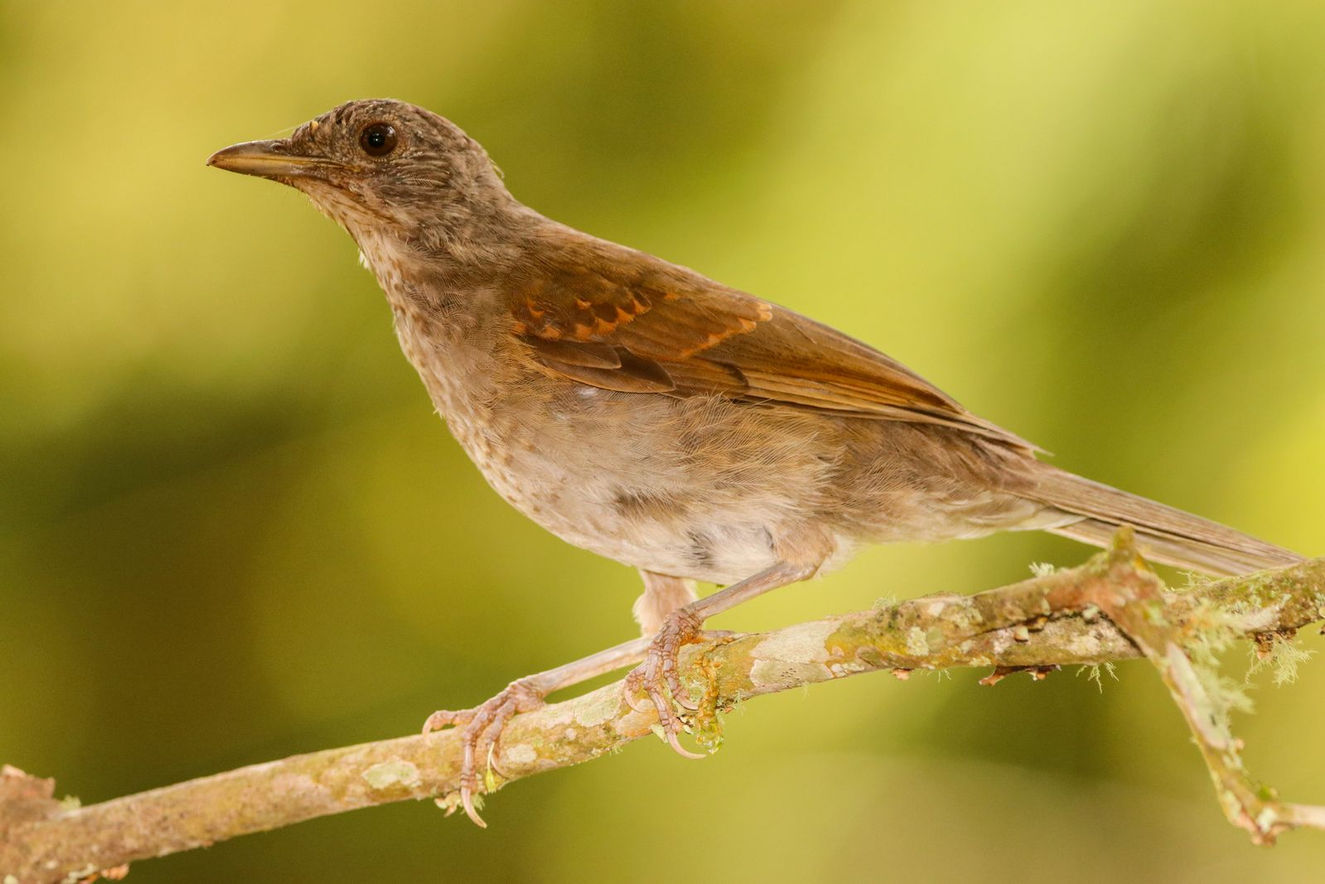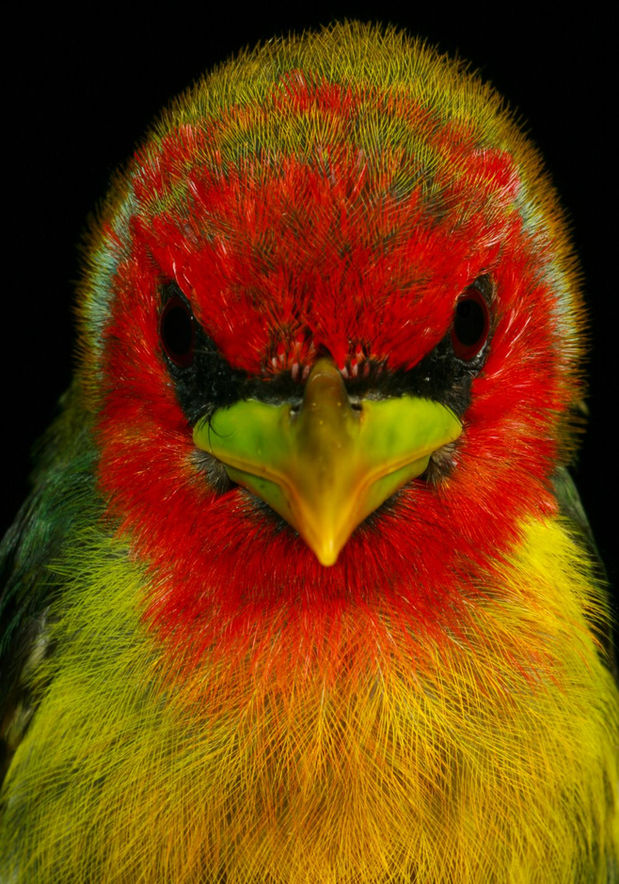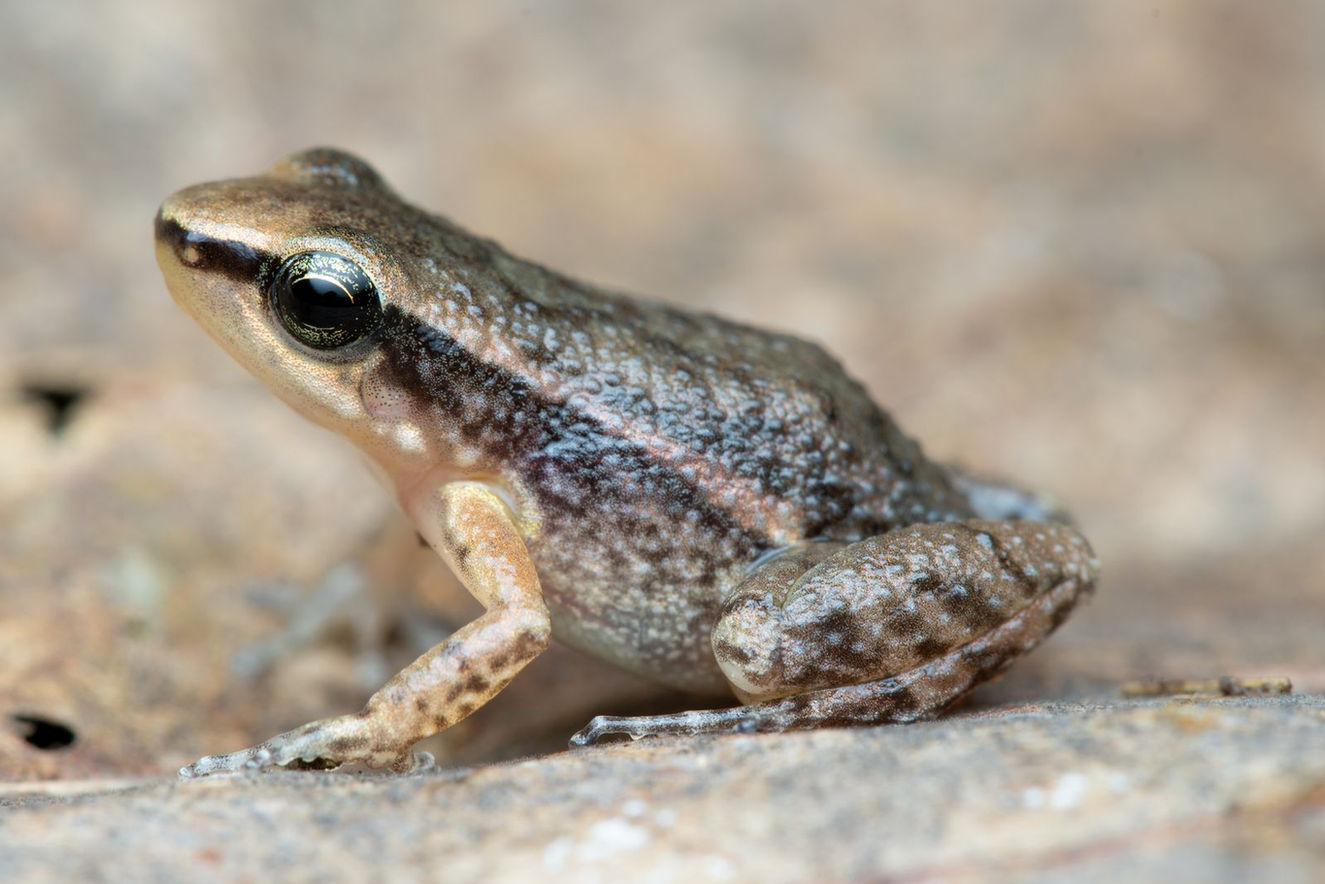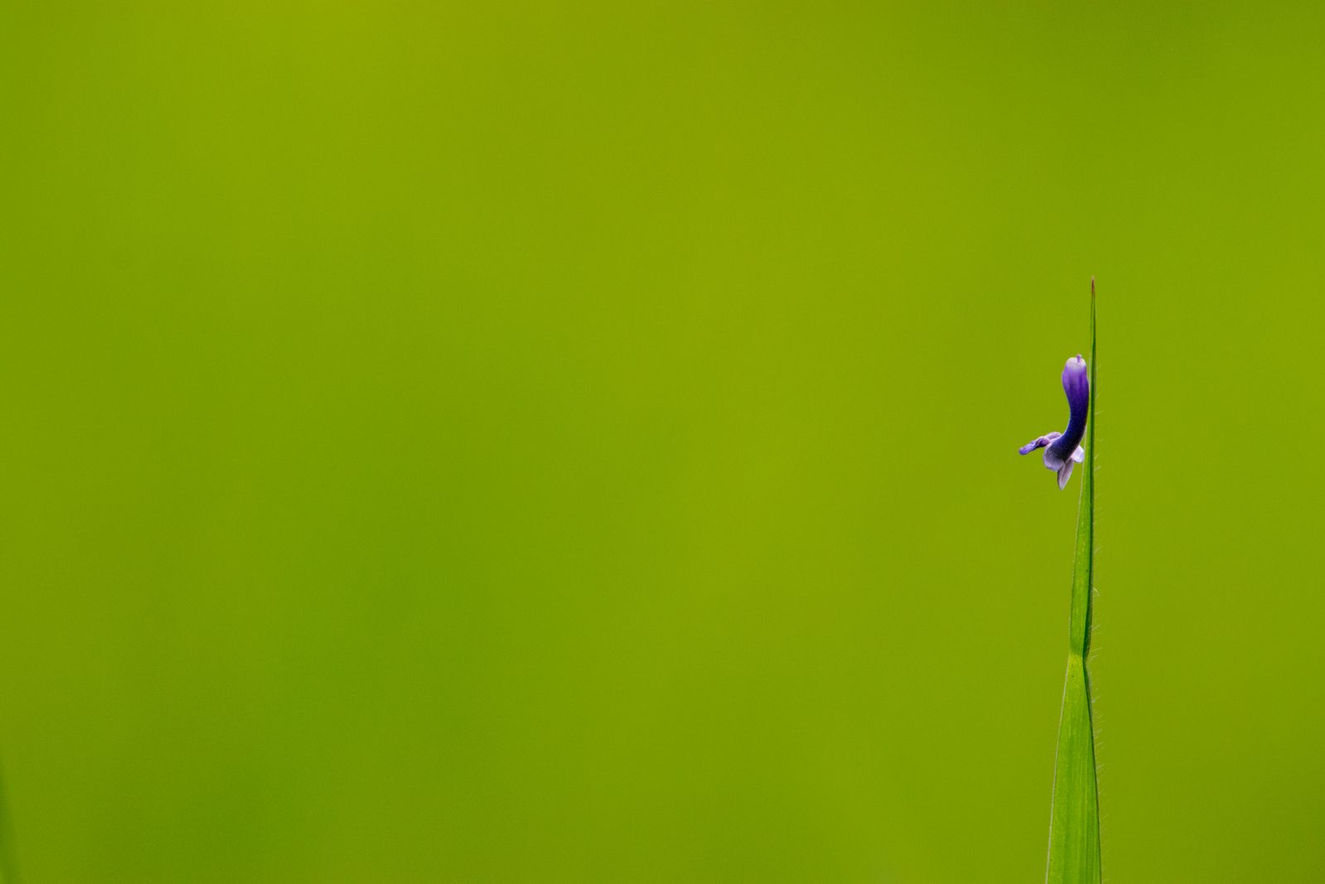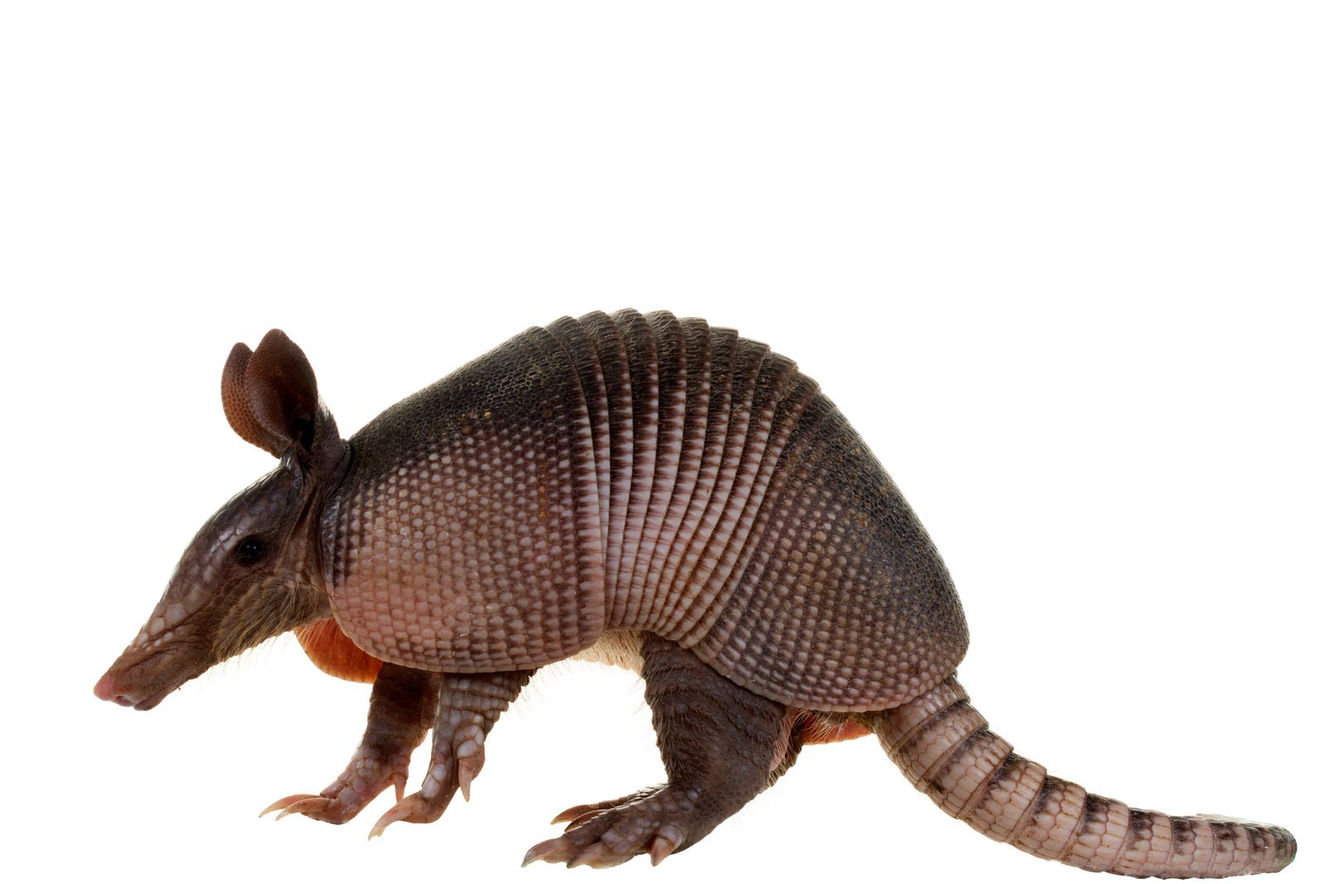
The Finca El Triunfo Villa María Nature Reserve, is a beautiful place that was established, thanks to the tireless fight to maintain these lands of my grandparents Rosa María Díaz and José de Jesús García. Later my parents took his legacy and created what the farm is today. A wonderful place, where much of my research and photographic ideas come to life.
It is located in a magical place to the east of Tolima in the municipality of Icononzo. There, between the foothills of the western slope of the Eastern Cordillera, the great Sumapáz River runs, opening a great canyon that narrows to form what is known as The Natural Bridge, which gave rise to the indigenous word "Icononzue". Its meaning, one of the most beautiful and appropriate that I have been able to know: "murmur of the waters in the deep." In fact, the Icononzo Natural Bridge was considered by Alexander von Humboldt as one of the 100 natural wonders of the world.
Dawn on the estate is a great spectacle, and I always remember in my mind the words about this territory, by Baron Jean-Baptiste Luis Gros, a representative in New Granada, who complemented Humboldt's findings on the Icononzo natural bridge, a half-century later (Gómez-Gutierrez, 2018. Humboldtiana Neogranadina):
"... In this place, located in a delightful valley, you can breathe a warm and embalmed air, which contrasts with the cold and penetrating atmosphere of the high plateau ..."
Image gallery of those who are involved in the farm, visitors, researchers, students, teachers, etc.
Similarly, the natural-historical context of the municipality is very interesting, considering that Alexander von Humboldt and Aimé Bonpland toured this territory during their great expedition. In fact, Humboldt spends his 32nd birthday walking towards Icononzo, on September 14, 1801. Precisely on the sidewalk where the Humboldt estate is located, he narrated the following:
“In the Portachuelo we discovered clay deposits that alternate there with the straw-like sandstone, cooked masses. Under the microscope, we found that they were small and microscopic petrifications of calcareous shells. (Below, almost at the level of Honda, ammonites in stone appear near Tocaima. calcareous, the first ammonites I saw in America, where the least should be very rare!). A little north of Portachuelo in the Paramito (Bar. 415 lines), a lot of Cinchona Longiflora in bloom and to the south, particularly in the vicinity of Melgar and Cualamaná, a huge amount of red quinine, as hot as the warm climate at which descends (Bar. 32), since all the others Quina species prefer cold places more: C. Lancoifolia withstands up to 2 degrees of cold. Here near Melgar, the quina does not form shrubs either (as usual), no, we find it in the form of trees two feet wide by thirty to forty feet high. From Portachuelo, you start to descend to the Magdalena or Llano Grande Valley. The road on the mountain slope of Cualamaná is terribly bad, a chaparral full (characteristic of the Llanos del Orinoco, Cumaná, and Calabozo) of American Curatella and the very picturesque Uvaria zeilanica. ”
In recent years, work has been done on characterizing the farm's fauna and flora, with research and thesis projects. Likewise, it is a place where field practices of the University of Tolima and the University of Ibagué are developed.
140 species of plants, four species of fish, 8 species of amphibians, 9 species of reptiles, 140 species of birds, and 41 species of mammals have been recorded. In its area of influence, new species were described for science: Epidendrum caeciliae (Orchid), Temnocephala icononcensis Arias-Pineda, Damborenea & Castro, 2015 (Platyhelminthes, gusano plano ectosymbiont on several species of montane Pseudothelphusidae crabs such as, Hypolobocera bouvieri, Phallangothelphusa dispar and Strengeriana cajenensis), Alstroemeria hirsuta Kunth (Bromeliad collected by Humboldt and Bonpland).
Some species of conservation interest that can be found in the area are Rhodinocichla rosea (the Rosy Thrush-Tanager), Lophornis delattrei (The Rufous-crested Coquette), Lophornis stictolophus (The Spangled Coquette), Bolitoglossa pandi (Salamandra), Hyloxalus vergeli (Frog) and Ptychoglossus bicolor (a small gymnophthalmid lizard).
The results have been remarkable, and there is preliminary knowledge of some groups. However, there is still much to study and discover.In short, an excellent place for observation, research, contemplation, and photography of flora, fauna, landscape, archeology, and history and culture.
Arthropoding
Birding
Herping
Imagining
Landscaping
Plant Waching
Mammals Waching
All website content © Copyright Jorge E. García-Melo










































